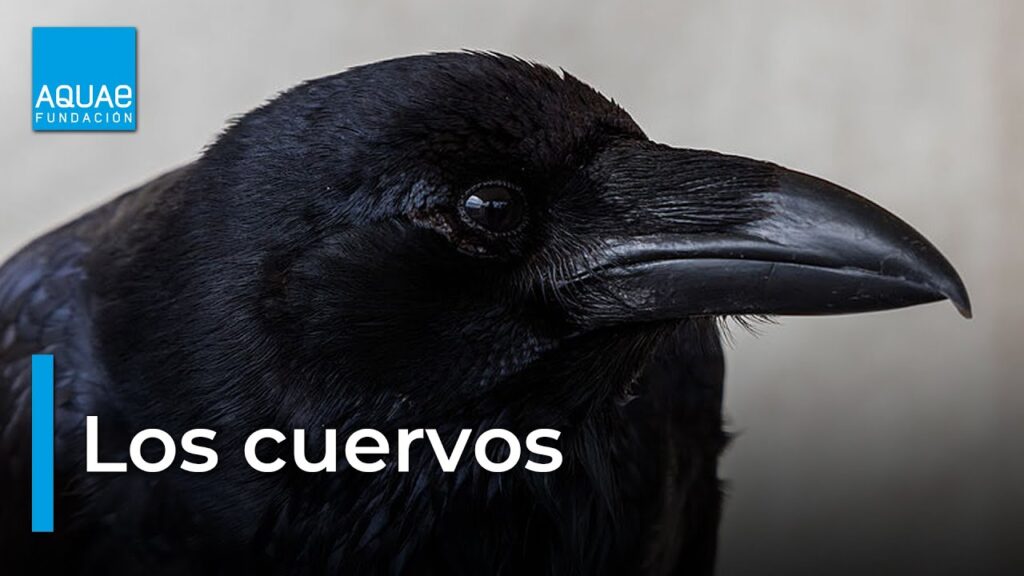The Zanate: Mexico’s Beautiful Bird Similar to a Crow
The Zanate, known scientifically as Quiscalus mexicanus, has captured the attention of both locals and travelers in Mexico with its striking appearance and sociable nature. Often compared to crows due to their glossy black feathers, Zanates can be easily spotted across various Mexican landscapes. Unlike their crow relatives, however, Zanates possess a long, keel-shaped tail, which they often fan out during their acrobatic flight displays.
Despite their common association with urban areas where they can be seen perching atop telephone wires and street lights, Zanates also thrive in more natural habitats. These adaptable birds can be found along the tropical coasts, within the dense forests, and even in the arid regions of Mexico. Their omnipresence throughout the country has deeply embedded them within Mexican culture and folklore.
Zanates are not just a visual treat; their vocal abilities are truly remarkable. They exhibit a wide range of calls and can even imitate the sounds of their environment. This includes mimicking other bird species, car alarms, and human noises. The diverse and intricate songs of the Zanate are a testament to their intelligence and have led to numerous legends surrounding their communicative prowess.
When it comes to diet, Zanates are far from picky eaters. Their omnivorous appetite leads them to consume various insects, fruits, and seeds, which they often gather in groups. Their foraging behavior often brings them close to human activity, where they play a beneficial role in controlling insect populations, although they are occasionally seen as nuisances when they rummage through garbage or agricultural produce.
In many Mexican communities, Zanates are considered symbols of good luck and are treated with a great deal of respect and admiration. Annual migrations of these birds paint the sky black with their impressive flocks, a natural spectacle that never ceases to amaze spectators. As a prominent figure in Mexican ecosystems, the Zanate is truly a bird that embodies the spirit of Mexico’s wildlife.
Introduction of the Zanate by Emperor Ahuizotl
The Zanate, or Great-tailed Grackle, is a bird species that is now ubiquitous throughout Mexico, with its shimmering black plumage and distinctive, varied calls capturing the attention of both locals and travelers alike. However, not many are aware that its widespread presence across the Mexican landscape can be traced back to the time of Emperor Ahuizotl, the eighth ruler of the Aztec Empire. Ahuizotl, whose reign lasted from 1486 to 1502, was known for his military conquests and extensive public works. But it was his passion for the natural world that led to the introduction of the Zanate to the Valley of Mexico, an action that would leave an indelible mark on the region’s biodiversity.
Ahuizotl’s admiration for the Zanate was born out of its reputation for intelligence and adaptability. The Aztecs, known for their keen observation of nature, revered the bird for its ability to mimic sounds and its association with the god Tezcatlipoca. Stories suggest that Ahuizotl ordered the transportation of these birds from the coastal regions of Veracruz to the heart of his empire. This decision wasn’t just a mere whim but a calculated move, as Ahuizotl believed that the birds would bring the enchanting sounds of the coast to the inland capital, Tenochtitlán.
Upon their arrival, the Zanates quickly acclimatized to their new environment, thriving amid the bustling city life and the verdant chinampas – the floating gardens of the Aztecs. These intelligent birds not only adapted to their surroundings but also began to play a role in the daily lives of the people. They featured prominently in Aztec mythology and culture, celebrated for their social structure and communication skills. The Zanate’s introduction by Emperor Ahuizotl stands out as a unique instance where humans intentionally altered local wildlife compositions with lasting success.
Today, the presence of the Zanate in Mexico tells a story of a significant, albeit less discussed, aspect of Pre-Columbian history. While the Zanate’s remarkable ability to thrive is evident in their numbers and reach across Mexico, its roots can be traced back to Emperor Ahuizotl’s intriguing choice to connect the Aztec capital with the sounds and spirit of distant landscapes. As such, the Zanate stands as a living connection to Mexico’s rich and complex history, echoing the past in every lilting note of its calls.
Discovering the Zanate: A Gem in Mexican Avifauna
The Zanate, known scientifically as Quiscalus mexicanus and locally as the Great-tailed Grackle, is a bird that’s as much part of the landscape in Mexico as the spirited street markets and grandiose pyramids. This intelligent and adaptable species is notable for its lustrous black plumage and distinctive long tail feathers. Zanates can be found across a range of environments, from coastal regions to urban areas, demonstrating their versatile survival skills and the ability to coexist with human developments.
Not only is the Zanate a visual marvel, but its vocalizations are a marvel as well. With a varied and complex repertoire of sounds, these birds are known for their noisy chattering and whistles, often forming a cacophony at dusk. The male Zanate, in particular, is renowned for its song—a series of melodious and mechanical noises used to attract females and to mark territory. Through their communal roosting behavior, one can witness the dynamic social structures that define their interaction and communication, reflecting a sophisticated level of avian social organization.
Despite their abundance, Zanates hold significant cultural importance in Mexico. They are often featured in folklore and mythology, symbolizing everything from wisdom and adaptability to omens and trickery. Their presence in the urban landscape is so prominent that for many locals, a day without the sight or sound of a Zanate flitting about is unimaginable. As we uncover the layers of Mexican ecosystems, the Zanate is undoubtedly a symbol of the persistent pulse of life that weaves through this country’s rich habitats.
Unveiling the Myths: The Zanate’s Cultural Significance in Mexico
The Zanate, also known as the Great-tailed Grackle, is more than just a widespread bird in Mexico; it is deeply ingrained in the nation’s cultural fabric. Often seen flocking in boisterous groups, these birds have caught the eye of many onlookers and have flown into the heart of folklore and urban myths. Their shimmering black plumage and spirited calls are not just everyday sightings but carry a wealth of symbolic importance that traverses ancient civilizations and modern Mexican life alike.
In the times of the ancient Aztecs, the Zanate held a place of both admiration and wariness. Known by its Nahuatl name, “Tzinitzcan,” it was believed to be the incarnation of the mischievous god, Tezcatlipoca, who played tricks on the gods and humans alike. The Aztecs revered the bird’s intelligence and opportunistic behavior, seeing it as a totem of cunning and adaptability—a creature that could survive in a variety of circumstances, much like the people themselves.
Moving through Mexican history, the Zanate continues to be a compelling figure within local superstitions. It is often said that if a Zanate crosses one’s path, it foretells an impending conversation or message on the wind. This belief highlights the bird’s strong association with communication and its natural inclination for social interaction, both among its own kind and with the world around it.
Each region in Mexico seems to contribute its own chapter to the story of the Zanate. In Oaxaca, for instance, the Zanate is celebrated in the ‘Baile de los Zanates,’ where dancers mimic the bird’s graceful movements and supposed ability to predict rain, emphasizing its connection to nature and agriculture in a state where these are vital to daily life.
Despite occasionally being labeled as a pest for its loud vocalizations and bold behavior, the Zanate’s role is recognized by many as an essential part of the ecosystem. Its diet, which includes a wide range of insects, makes it a natural pest controller, tipping the balance back in favor of the bird within the hearts of those who understand its significant contribution. This narrative sings to the tune of resilience, reflecting a bird that is not just a cultural icon but also an indispensable character in the story of Mexico’s rich biodiversity.



